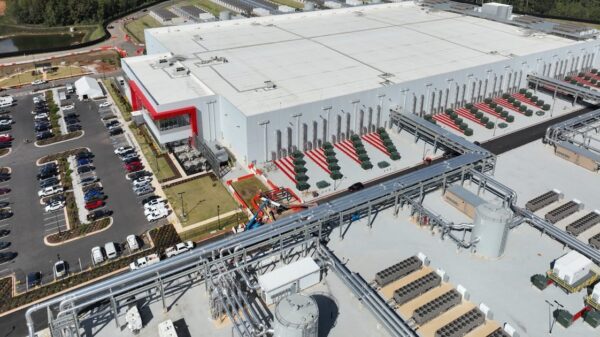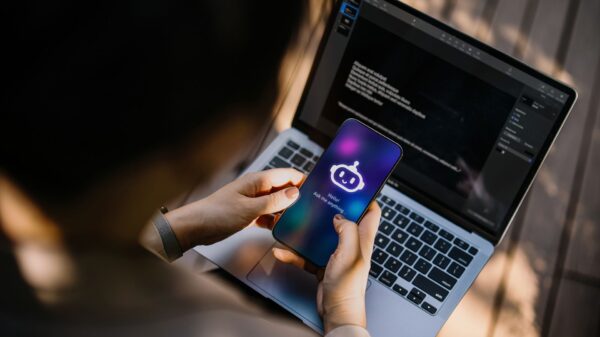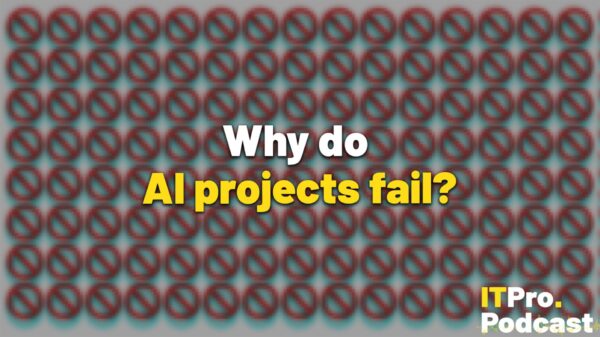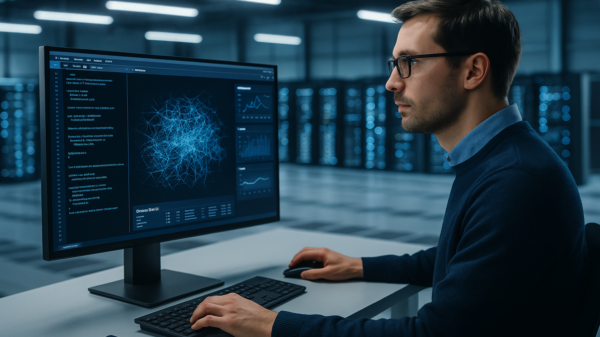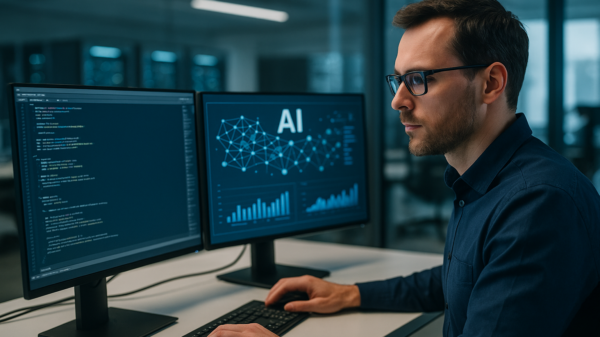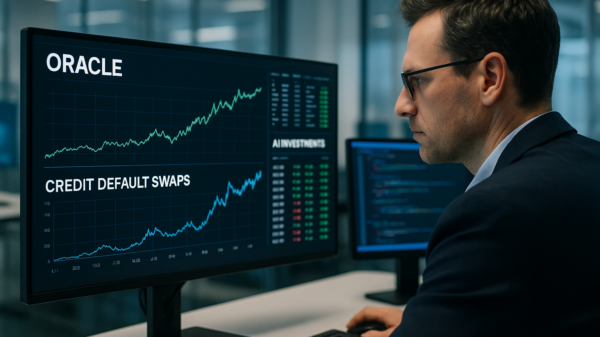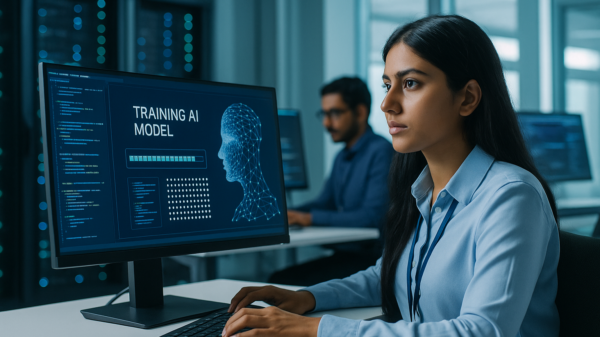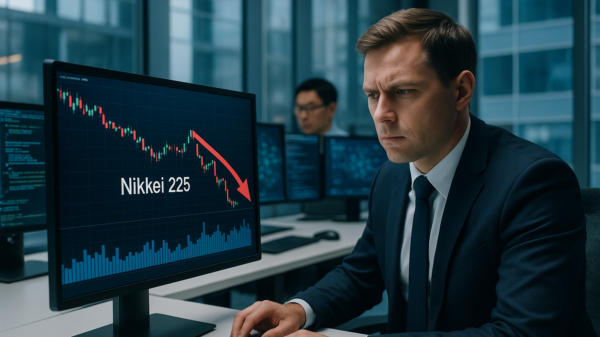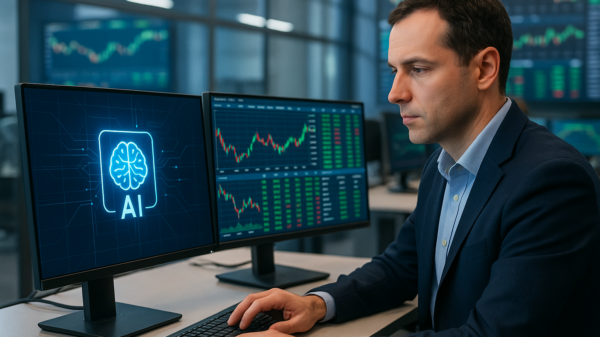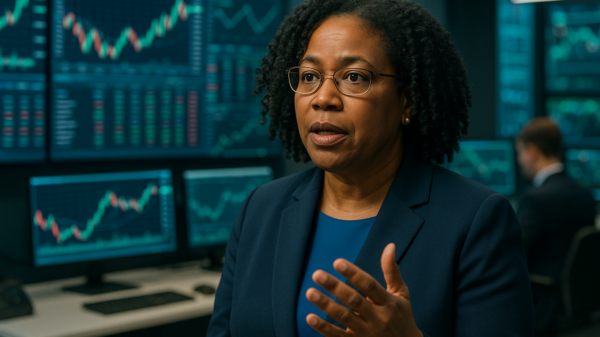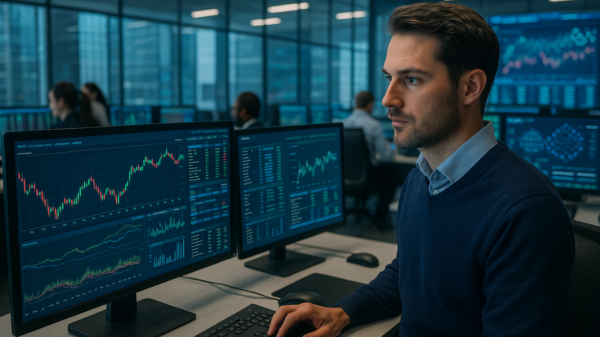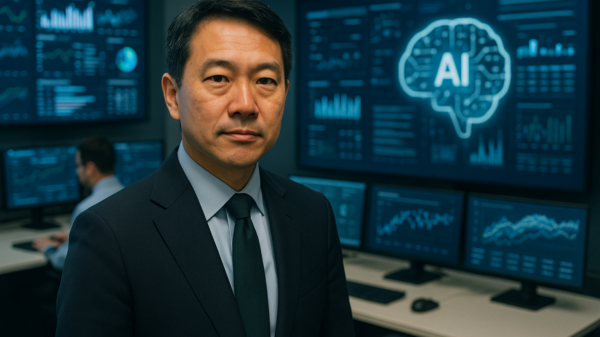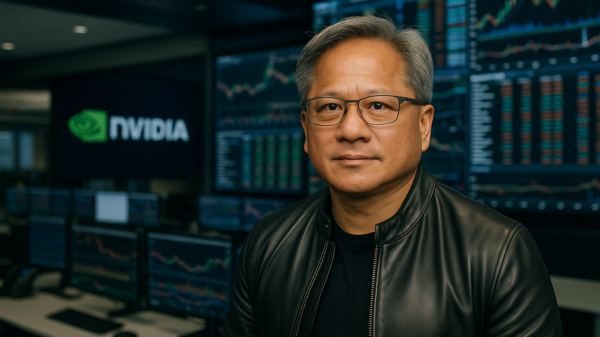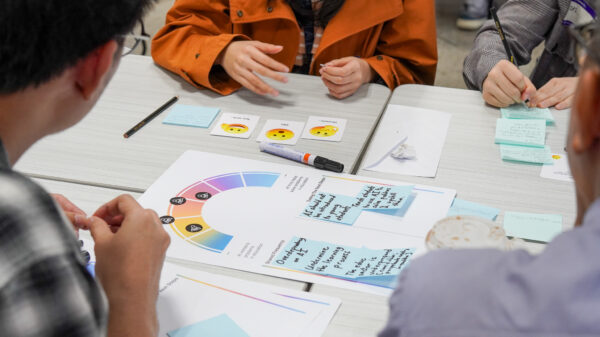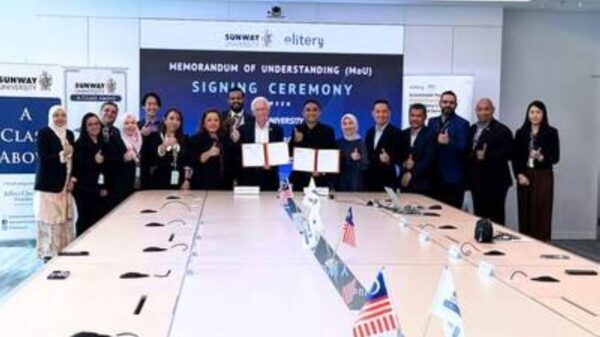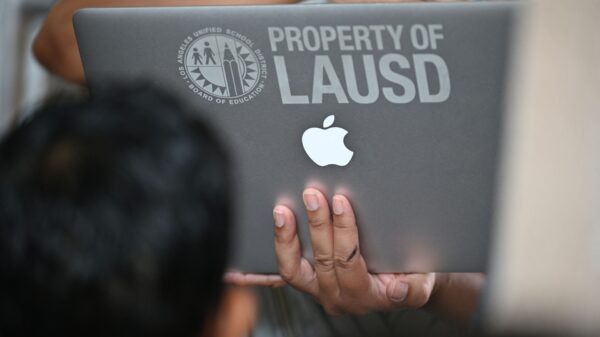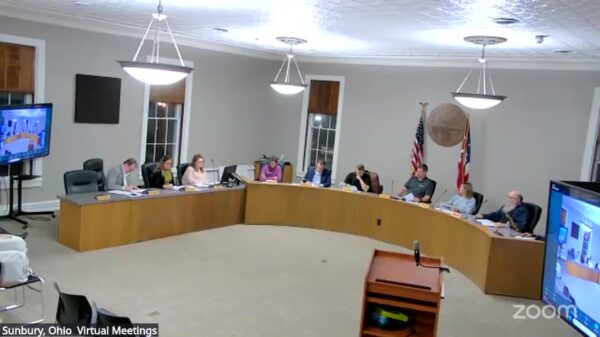Google expanded its generative AI ecosystem with the launch of Nano Banana Pro, the upgraded image generation and editing model built on top of Gemini 3 Pro. The new system arrives just after the company’s major Gemini 3 announcement and is already generating strong reactions across YouTube, where early-access creators are showcasing the tool’s capabilities in real time. With Nano Banana Pro now integrated across consumer, enterprise, and developer workflows, Google is positioning this model as its most advanced all-in-one creative engine to date.
As part of this rapid adoption, numerous YouTube channels have begun publishing detailed demonstrations of the new model. To highlight how the community is responding, we feature a recently uploaded video where a creator walks through Nano Banana Pro’s upgrades, explores its new tools, and puts its real-world performance to the test using a wide variety of prompts, images, and editing workflows. The video provides a clear look at how early testers are using the model to generate infographics, annotate photos, blend multiple images, reimagine group shots, create product mockups, and experiment with advanced style transfer.
Among the early reviewers, the YouTube channel Mreflow stands out for publishing one of the most comprehensive breakdowns to date. In its tutorial, the creator examines Nano Banana Pro’s new interface, demonstrates its upgraded control features, and performs detailed tests across text rendering, infographics, multi-image blending, and advanced editing workflows. The video has quickly become a reference point for users trying to understand how the model behaves in real creative scenarios following its launch.
Where Nano Banana Pro Works and How Google Is Deploying It
The creator explains that Google DeepMind officially launched Nano Banana Pro on November 20, describing it as a direct evolution of the previous Nano Banana model. Inside the Gemini app, users will see it labeled as Nano Banana Pro, with free-tier users receiving a limited number of Pro generations before reverting to the standard model. The new system also powers image generation inside Google Search’s AI Mode, although that feature is currently limited to Google AI Pro and Google AI Ultra subscribers in the United States.
Nano Banana Pro is also appearing across Google’s productivity and development ecosystem. The creator confirms that it is rolling out to NotebookLM, Google Workspace via Slides, Google Ads for image generation inside ad campaigns, the Gemini API, AI Studio, and Google’s new IDE known as Anti-Gravity. Enterprise customers will find it integrated into Gemini Enterprise and Vert.Ex AI, enabling automated creative pipelines. In addition, Ultra-tier subscribers will soon see the model incorporated into Flow, Google’s AI filmmaking system.
The video also highlights a new feature inside the Gemini app that allows users to upload any image and ask whether it was generated by Google AI. Because Nano Banana Pro inserts SynthID watermarking into its outputs, the system can identify its origin instantly. Visible watermarks are removed for Google AI Ultra subscribers, although invisible verification remains for authenticity.
Testing Text Rendering, Infographics, and Image Accuracy
The creator provides multiple demonstrations of Nano Banana Pro’s text handling and multilingual capabilities. For example, the model successfully generates clean logos spelling the word “wolf” in different languages using materials such as metal, glass, and wood. It also produces a bilingual café menu in English and Japanese, including small, finely detailed text that remains legible—a challenge for many image models. The English text appears fully coherent, and while the creator cannot verify the accuracy of the Japanese portions, the formatting is consistent and clean.
A more advanced test involves uploading a photo of Petco Park in San Diego and prompting the model to transform it into an educational poster detailing the location’s history and geology. Nano Banana Pro analyzes the photo, conducts background checks using its reasoning tools, and outputs an annotated infographic with references to the Rose Canyon fault zone, San Diego Formation, and historical development phases such as “pre-1850s tidal mudflats” and “2004 Petco Park opens.” The creator notes that the information appears coherent and that certain details—such as the Western Metal Supply Company building being part of the stadium—are accurate.
However, when asked to create a second explainer with arrows pointing to landmarks, the model misplaces some directional markers. For example, it labels the San Diego Bay and Coronado Bridge in the opposite direction from their real orientation. Despite these spatial inaccuracies, the descriptive text remains strong.
Blending Images, Sketch-to-Image Tools, and Style Transfer
One of the biggest upgrades highlighted in the video is Nano Banana Pro’s ability to blend up to six images in a single prompt. The creator tests this by combining photos of a dog, a surfboard, a neon sign, a city skyline, and a desert road. The result is a cinematic poster that merges all elements—including a stylized vehicle reminiscent of classic sci-fi themes. Additional tests include building capsule wardrobe layouts from six clothing images, generating mockups, and transforming rough doodles into realistic edits through direct sketch-based prompting.
The model also demonstrates strong style transfer capabilities. By providing a watercolor image and a portrait from an Nvidia GTC event, Nano Banana Pro successfully applies the color palette and texture of the painting to the portrait while keeping facial details intact. In another example, the creator uploads a film still from The Matrix and applies its distinctive green color grading to a photo of the San Diego skyline.
The video ends by showcasing aspect-ratio transformations, group photo restyling, retro aesthetics, and a fully generated brand guide for a fictional beverage company—all produced with a single prompt. Throughout the walkthrough, the creator concludes that Nano Banana Pro is the strongest image-editing model currently available, especially for infographics, annotations, and multi-image compositions.
 DeSantis Warns of AI Risks at Rural Florida Summit, Advocates for Infrastructure Investment
DeSantis Warns of AI Risks at Rural Florida Summit, Advocates for Infrastructure Investment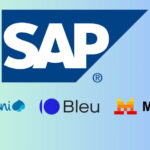 SAP Advances Europe’s Digital Sovereignty with New AI Partnerships and €20B Investment
SAP Advances Europe’s Digital Sovereignty with New AI Partnerships and €20B Investment Florida Trust Wealth Management Hosts AI Seminar for Sanibel and Captiva Residents
Florida Trust Wealth Management Hosts AI Seminar for Sanibel and Captiva Residents Amazon Announces Layoff of 14,000 Employees Amid AI-Driven Restructuring Efforts
Amazon Announces Layoff of 14,000 Employees Amid AI-Driven Restructuring Efforts UC Davis Integrates AI in Health Care, Enhancing Patient Outcomes and Preventative Measures
UC Davis Integrates AI in Health Care, Enhancing Patient Outcomes and Preventative Measures


